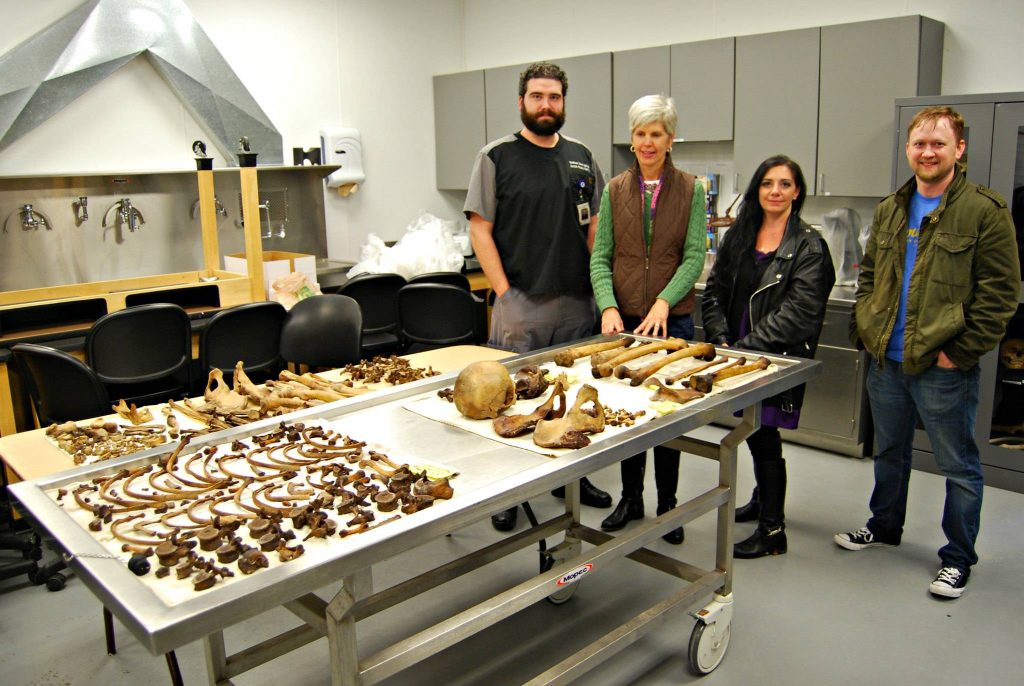It bugs the hell out of me why this has not been solved.
The Macdonald Triad and Dark Triad: The Psychology of Serial Killers

The Macdonald Triad is a set of three factors that contribute to the psychology of serial killers and how people go on to commit multiple murders.

It was first proposed by psychiatrist J.M. Macdonald and was written as a thesis in 1963 to be published in the American Journal of Psychiatry.
The three factors of the Macdonald Triad are:
- Cruelty to animals.
- Obsession with starting fires.
- Bed-wetting past the age of five-years-old.
It is said if all three factors are present in a child’s behaviour then there is a higher probability they will go onto commit violent crime as time progresses.
Generally this is linked to murderous behaviour and sexual predation. Although subsequent research has not validated the thesis, it still remains one of the starting points in diagnosis and awareness of serial killers.
What it did do was open up the research and debate among other psychiatrists and investigators.
The Macdonald Triad connection to child abuse
Since 1963, more reports have stated that the Macdonald Triad is linked more to childhood experiences of neglect and abuse.
Setting fire to objects or property was seen as a way to release anger without resorting to dehumanising others or animal life.
It has since been argued that the fire factor of the Triad can easily be replaced with other anti-social activities or behaviour. None of which are proof that a child will go on to become a serial killer.
Bed-wetting is seen as a humiliating factor for a child, especially when ridiculed by a parent or older sibling. There is evidence that abused children are more likely to feel or suffer humiliation than those raised in better households.
This humiliation is transferred in cruelty to animals. When a child is abused, they cannot retaliate to their abusers or captors. There is an obvious size differential should that child wish to fight back in any way.
“In one study of serial killers, it was noted that the same infliction of cruelty to an animal in their childhood years, was the same type of cruelty then inflicted on their human victims.”
Cruelty against animals, generally small animals, is a route one might take because those animals are viewed as weak and vulnerable. In the same way that they themselves are seen as weak and vulnerable when an adult inflicts cruelty upon them.
In one study of serial killers, it was noted that the same infliction of cruelty to an animal in their childhood years, was the same type of cruelty then inflicted on their human victims.

How the Vampire of Sacramento fits the Macdonald Triad factors
It is interesting to note that Richard Trenton Chase, AKA: The Vampire of Sacramento, exhibited all the factors of the Macdonald Triad. Chase fits into the Macdonald Triad thesis perfectly.
His fascination with torturing small animals and removing their organs was evident in what he would then do to his victims. He would drink the blood of small animals, just as he would with humans, when he was big enough to be able to attack humans.
In a study of violent inmates, over half admitted to having committed acts of violence against animals either in childhood, adolescence or their teenage years. The link was then made between animal abusers and childhood abuse, particular parental abuse.
It showed that those children who abused animals would have mostly suffered some kind of parental abuse in their formative years.
In a 2004 study regarding patterns of violence, the authors found a link between repetitive animal cruelty and subsequent cruelty towards humans. They noted that although the links were more obvious than first thought, they offered a warning.
By focusing on just one aspect of possible rises to violent crime, it was detracting from other possible causes and reasons.
It is clear now that most psychiatrists and investigators focus on more than three factors in relation to research and evidence of serial killer foundations. But it was the Macdonald Triad that paved the way.
How the Dark Triad evolved from the Macdonald Triad
Since the Macdonald Triad, there have been more attempts to create factors as to why someone might go on to commit serial murder. The Dark Triad is one of the more cited thesis in numerous research papers.
The Dark Triad is more of a psychological attempt at understanding why someone might go on to kill.
It includes the following factors:
Narcissism.
Traits include grand-standing, pride, egotism, lack of empathy.
Machiavellianism.
Traits include manipulation, exploitation, cynicism, deception.
Psychopathy.
Traits include antisocial behaviour, impulsiveness, selfishness, callousness, remorselessness.
The problem with the Dark Triad
The problem with the Dark Triad is that the three psychological aspects are virtually interchangeable to the point of cancelling each other out.
Psychopathy and narcissism both can be mostly inherited by genetic components and then by how a child is raised. Machiavellianism is generally less found to be inherited than the others.
This has led many to argue that the Dark Triad is virtually baseless in its theory but it certainly does add more to the database of psychological understanding.
Far beyond the psychological Triads, there are a greater number of factors present in what leads people to kill multiple times.
- What Happens to Cold Cases? The Intricacies and Unsolved Mysteries Explained

- 13 Facts You Need to Know About Levi Bellfield: The Bus Stop Stalker

- How Has Pathology Evolved Over Time? (History of True Crime)

- Trio Convicted of June 2022 Westminster Murder of Adnan Saleh

- How Did Forensic Science Evolve Through History? (History of True Crime)

I feel like there should be more killers who use the internet especially in today's world.
Thanks for this. Anymore podcast lists coming anytime soon??
Not just females.
[…] Not So Heavenly Creatures: The case of two teenage girls who fell in love, created their own religion, entered…
There's a lot more the Italian authorities are not releasing over this case. Makes you wonder the extent of the…

 T
T
What Happens to Cold Cases? The Intricacies and Unsolved Mysteries Explained

 T
T
13 Facts You Need to Know About Levi Bellfield: The Bus Stop Stalker

 T
T
How Has Pathology Evolved Over Time? (History of True Crime)

 T
T


